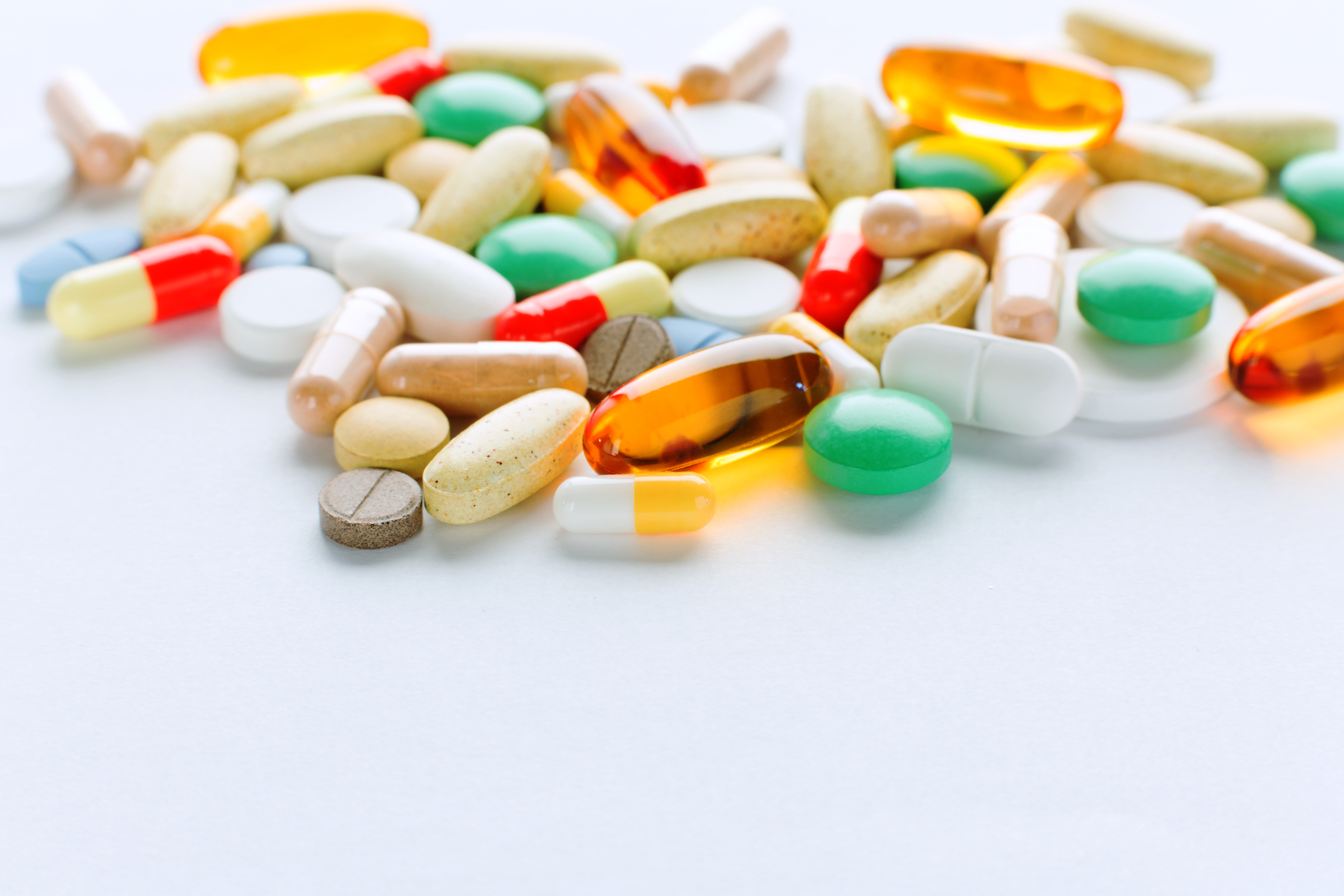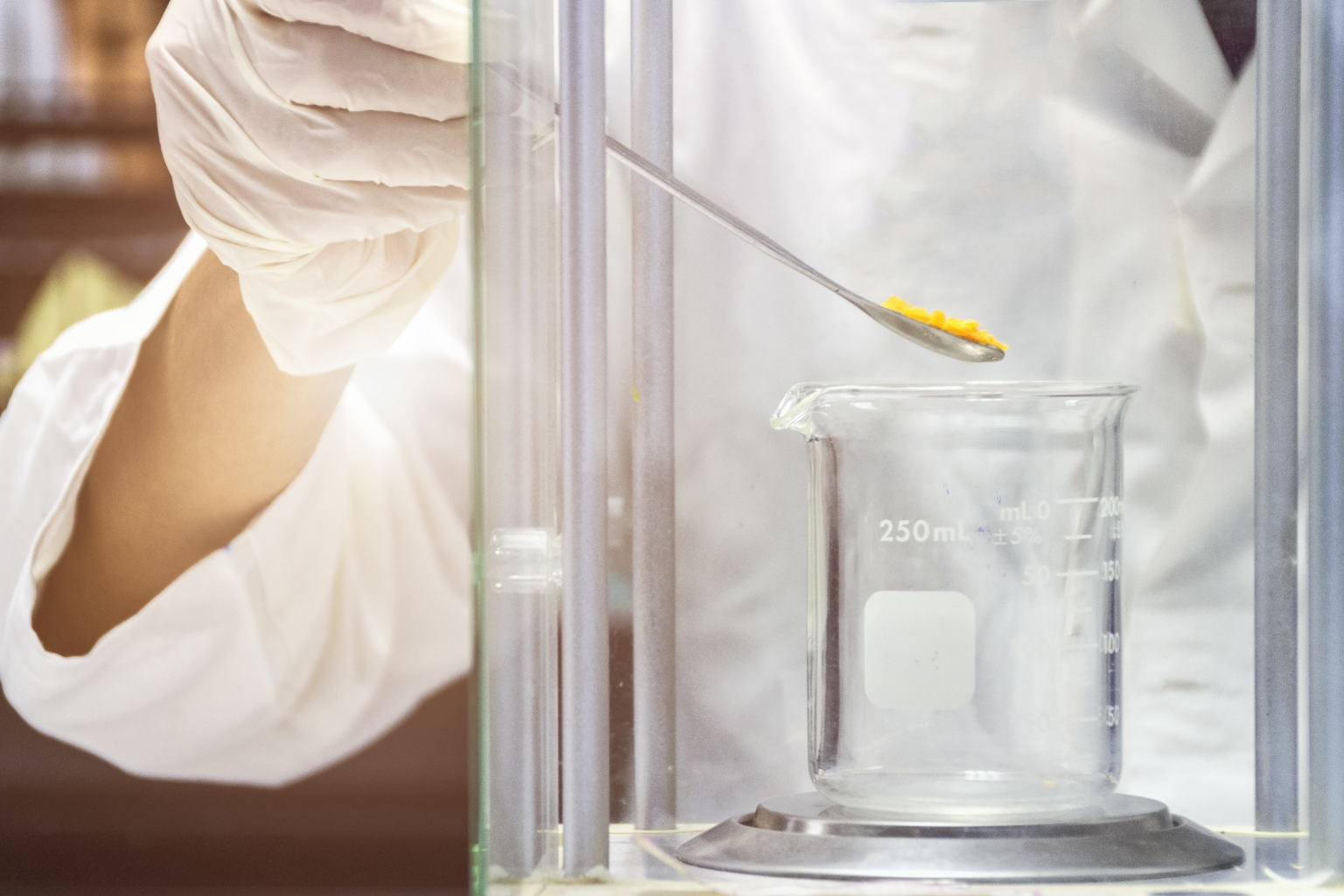Elemental impurities
You are a pharmaceutical company, a CMO/CDMO, a manufacturer of active pharmaceutical ingredients or excipients. You are faced to changes in elemental impurity regulations in drug products (ICH Q3D).
Which elements to control ? Which specifications? Which product to control (raw materials, APIs, finished products…)? Which analytical strategy to adopt (insourcing/outsourcing)?
Antellis answers to your questions and helps you in implementing these new guidelines.

The ICH Q3D guideline presents a process to assess and control elemental impurities in the drug products. This guideline allows establishing PDE (Permitted Daily Exposure) for each elemental impurity whatever the way of administration. The guideline defines 3 classes of elements depending on toxicity and probability of occurrence in the drug products : Class 1 (As, Cd, Hg, Pb), Class 2A (Co, Ni, V), Class 2B (Ag, Au, Ir, Os, Pd, Pt, Rh, Ru, Se, Tl), Class 3 (Ba, Cr, Cu, Li, Mo, Sb, Sn). The guideline proposes a 3 steps risk-based control strategy :
1. Identify known and potential sources of elemental impurities into the drug product.
2. Evaluate the presence of elemental impurities in the drug product and comparing with the established PDE.
3. Summarize and document the risk assessment.
The ICH Q3D guideline has been published on the 18th of December 2014 and is applicable for authorized medicinal products since the 1st of december 2017. Specific PDE for topical way of administration are in development and should be published by the end of the year 2019.

The chapter USP <232> specifies limits for the amounts (Permissible Daily Exposure) of elemental impurities (As, Cd, Hg, Pb, Co, Ni, V, Ag, Au, Ir, Os, Pd, Pt, Rh, Ru, Se, Tl, Ba, Cr, Cu, Li, Mo, Sb, Sn) in drug products whatever the route of administration (oral, parenteral, inhalation).
A risk-based control strategy can be used to assure compliance with these limits.
General chapters USP <232> « Elemental impurities - Limits » and USP <233> « Elemental Impurities - Procedures » became official on the 1st of February 2013.
Published in the USP 40-NF 35, USP<232> agrees with ICH Q3D recommendations and specifications and is applicable since the 1st of January 2018.

Chapter 5.20 « elemental impurities » has been revised with ICH Q3D specifications (list of elemental impurities, PDE / way of administration) and is applicable from the 1st of January, 2018.
The general monograph « pharmaceutical preparations » (2619) has been revised and published, with a cross reference to the revised chapter 5.20, making mandatory the application of ICH Q3D to all the monographs covered by this general monograph.
The general monograph « Substances for pharmaceutical use » (Ph. Eur. 2034) for raw materials (excipients and API’s) contains no reference to elemental impurity tests. Therefore, it is not mandatory to test elemental impurities on raw materials, excipients and API’s, except as required in specific monograph.
The ICH Q3D guideline presents a process to assess and control elemental impurities in the drug products. This guideline allows establishing PDE (Permitted Daily Exposure) for each elemental impurity whatever the way of administration.
The chapter USP <232> specifies limits for the amounts (Permissible Daily Exposure) of elemental impurities (As, Cd, Hg, Pb, Co, Ni, V, Ag, Au, Ir, Os, Pd, Pt, Rh, Ru, Se, Tl, Ba, Cr, Cu, Li, Mo, Sb, Sn) in drug products whatever the route of administration (oral, parenteral, inhalation).
Chapter 5.20 « elemental impurities » has been revised with ICH Q3D specifications (list of elemental impurities, PDE / way of administration) and is applicable from the 1st of January, 2018.




